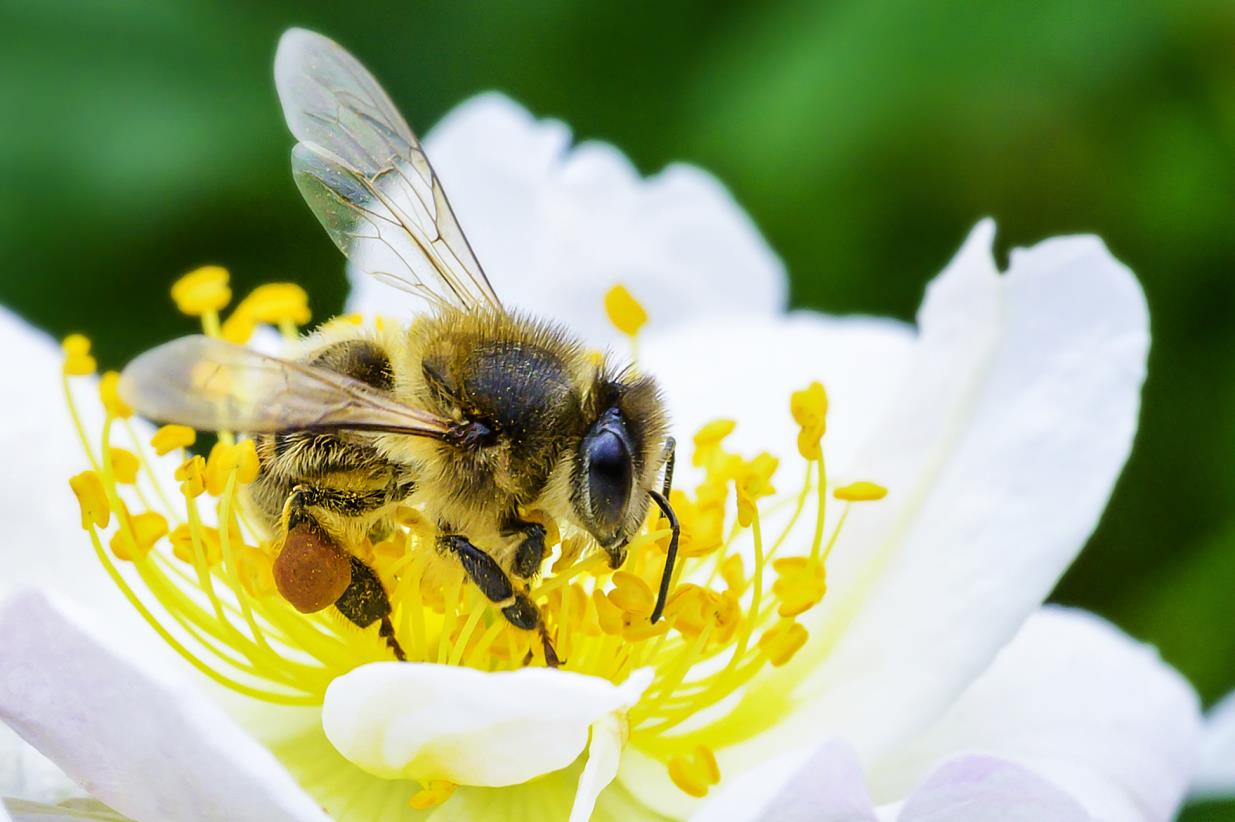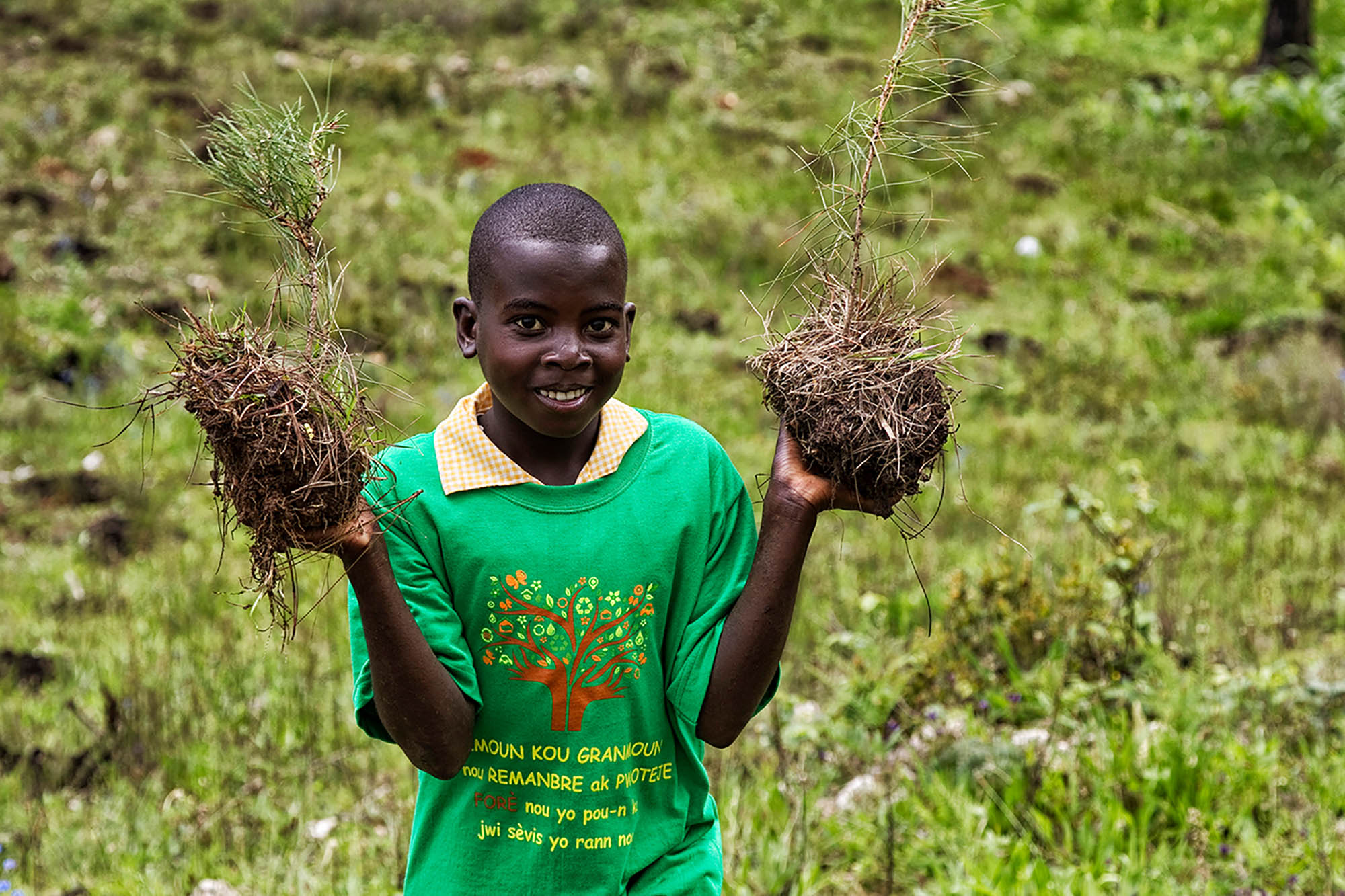In Harmony with Nature. What do lush tea fields, spicy wasabi, and floodplains that double as community parks have in common? They’re all part of a global movement where people and nature thrive together! In this lively, globe-trotting article from UNDP Nature, you’ll meet the passionate locals and Indigenous leaders behind COMDEKS — an initiative that blends age-old traditions with modern smarts to protect biodiversity and boost livelihoods. Follow their journey from the forests of Costa Rica to the satoyama heartlands of Japan, and discover how sustainable farming, clever land management, and a whole lot of community spirit are turning everyday places into pockets of ecological magic. It’s proof that saving the planet can start right in your backyard—and yes, it can be delicious too.
Natural Resources and the Environment
Where land and sea meet, a unique ecosystem is found: mangrove forests. Whether offering protection from climate change, supporting livelihoods, biodiversity and more, mangroves benefit us all. In the first study of its kind, FAO, with experts around the world, uncovered a wealth of information on the extent of mangrove forests globally, as well a glimpse into what causes mangrove losses and gains. Find out more about this precious ecosystem and see how mangroves affect our daily lives.
International support and local action are reviving Madagascar’s rainforests, paving the way for their removal from UNESCO’s List of World Heritage in Danger.
PROCARIBE+, a UNOPS-supported regional initiative, is uniting Caribbean nations, communities, and organizations to restore marine ecosystems, empower coastal livelihoods, and build a sustainable blue economy for future generations.
Marcos Uzquiano Howard, a Bolivian park ranger and defender of the Amazon, has always held a deep respect for nature, learning to value biodiversity from his mother and grandmother. Despite his commitment to protecting the environment, he has faced harassment, threats, and persecution from institutional bodies like the National Service of Protected Areas (SERNAP) due to his opposition to illegal mining and deforestation. Although he won a ruling for his reinstatement, he still awaits protective measures to continue his work. In a significant development for environmental justice, Bolivia held its first public environmental hearing under the Escazú Agreement on April 23, 2025, focusing on the protection of the jaguar and environmental defenders like Uzquiano.
From AI to ecosystems, intelligence surrounds us but solving plastic pollution requires action, not just innovation, as we observe World Environment Day.
Plastic permeates every corner of the planet—even in our bodies. This World Environment Day (5 June), join the global movement to #BeatPlasticPollution. Drawing inspiration from nature and science we can all take action to build a cleaner, healthier future powered by real solutions. This year’s observance comes exactly two months before countries meet again to continue negotiating a global treaty to end plastic pollution. Let’s make it happen! Learn how you can help and spread the word. Together, we can turn the tide on plastic pollution!
On October 24, 2024, history was made in the serene hills of Kurumugl village, nestled in the Gembogl District of Simbu Province (Papua New Guinea). The Kulkane Tribe formalized their commitment to preserving the country's natural heritage by signing a Conservation Deed, pledging 9,000 hectares of pristine tropical and montane rainforest to conservation. This milestone event marked the culmination of the first phase of the Global Environment Facility (GEF) project pilot site at Mt. Wilhelm, a significant initiative aimed at reducing the funding gap for the country’s Protected Areas Network. The project is to protect biodiversity while ensuring sustainable livelihoods for local communities. The Kulkane Tribe’s commitment extends the boundaries of the Mt. Wilhelm Protected Area, safeguarding critical biodiversity hotspots.
Biodiversity is essential for life on Earth. However, it is currently facing serious threats. In 2022, countries around the world agreed on a global strategy—the Kunming-Montreal Global Biodiversity Framework—to protect nature and stop its loss within 25 years. This year's International Day for Biological Diversity (22 May), themed 'Harmony with Nature and Sustainable Development,' highlights how the Framework supports global goals for a better future and reminds us to take urgent action to protect nature.
Our world would be a very different place without bees and other pollinators! Pollination is essential for agrifood systems, supporting the production of more than 75 percent of the world's crops, including fruits, vegetables, nuts and seeds. In addition to increasing crop yields, pollinators improve food quality and diversity. This year, under the theme "Bee inspired by nature to nourish us all", the World Bee Day (20 May) celebration will shine light on the vital roles of these insects and other pollinators in ecosystem restoration, biodiversity conservation and food security and nutrition.
Forests cover nearly one-third of the Earth's land, offering vital benefits such as soil and water protection, climate regulation, and biodiversity preservation. They provide essential materials like wood and fibers, as well as food and medicine, which support millions of livelihoods globally. The resilience and adaptability of forests and trees largely stem from their genetic diversity. But what makes forests and trees resilient and adaptable? The answer lies in their genetic diversity. The Second Report on the State of the World’s Forest Genetic Resources highlights the urgent need to conserve and sustainably utilize these genetic resources. This is crucial for addressing challenges like deforestation, climate change, and poverty. By advancing research, improving policies, and fostering global cooperation, we can protect forest genetic diversity, ensuring that forests continue to thrive and serve future generations.
India is recognized as a mega-diverse country, with the Northeast region—comprising eight states—being a significant biodiversity hotspot that holds over 30% of the nation’s biodiversity. This area is home to unique species and a rich cultural tapestry of around 220 ethnic communities that maintain a harmonious relationship with nature. Local governance has preserved tribal identities and traditional practices, which contribute to biodiversity conservation. However, extreme weather events linked to climate change are threatening the livelihoods of these communities, leading to increased urbanization, abandonment of agricultural practices, and loss of traditional knowledge. To combat these challenges, the UNDP has launched the North-East India Biocultural Initiative (NEBI) under the ICCA-GSI, aiming to empower Indigenous and ethnic communities by revitalizing traditional knowledge and promoting ecosystem-based solutions that align with their cultural and ecological systems.
As the UN Forum on Forests convenes at UN Headquarters , we highlight the vital role forests play in sustaining our planet’s health, climate balance, and human well-being. Covering 31% of Earth’s land, forests nurture biodiversity, regulate water cycles, and support over 1.6 billion people. Since its creation in 2000, this ECOSOC forum has championed key milestones—including the UN Forest Instrument and the Strategic Plan for Forests 2030. This year’s forum unites global leaders to strengthen forest governance and secure a greener, more resilient future for all.
World Migratory Bird Day - observed on 10 May and 11 October – promotes the importance of a healthy coexistence between humans and birds by focusing on creating bird-friendly communities and cities. The 2025 campaign raises awareness about the challenges migratory birds face due to human activities and urban development, promoting conservation and the creation of bird-friendly environments within our communities. Let’s learn how we can help migratory birds. Let’s promote a change.
Against all odds, fragile coral species in Tatakoto are thriving in extreme heat, offering new hope for reef resilience in a warming world.














